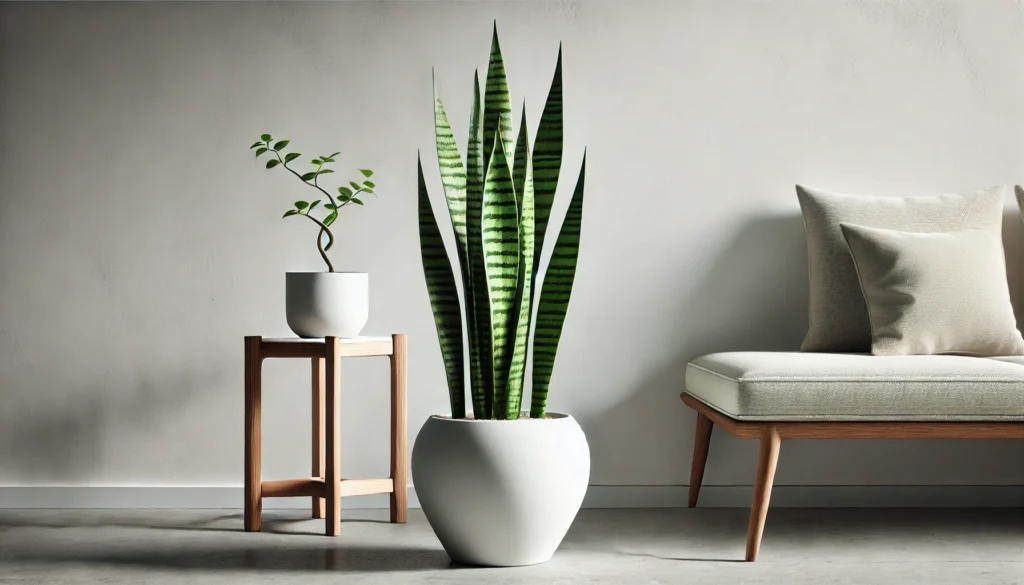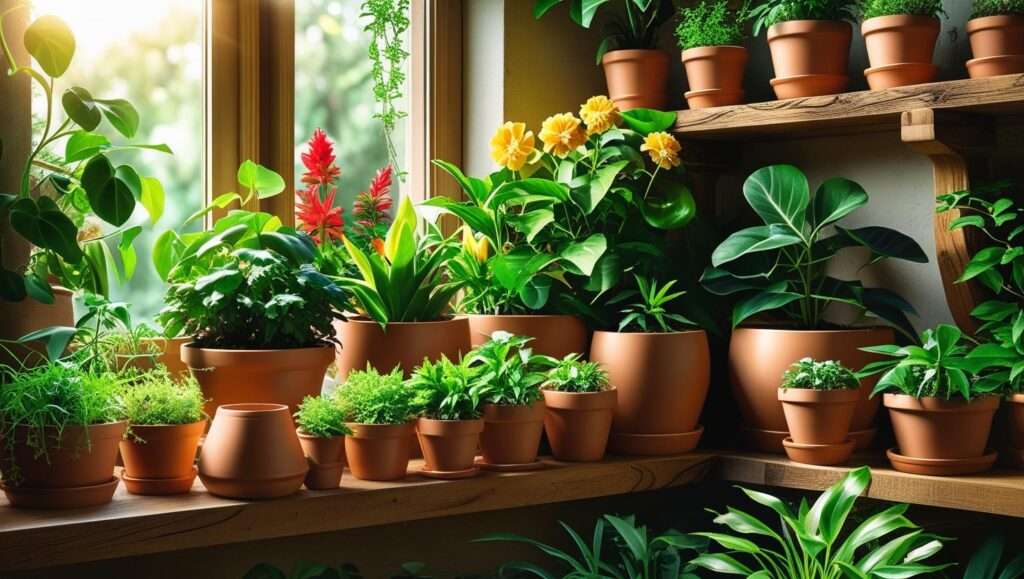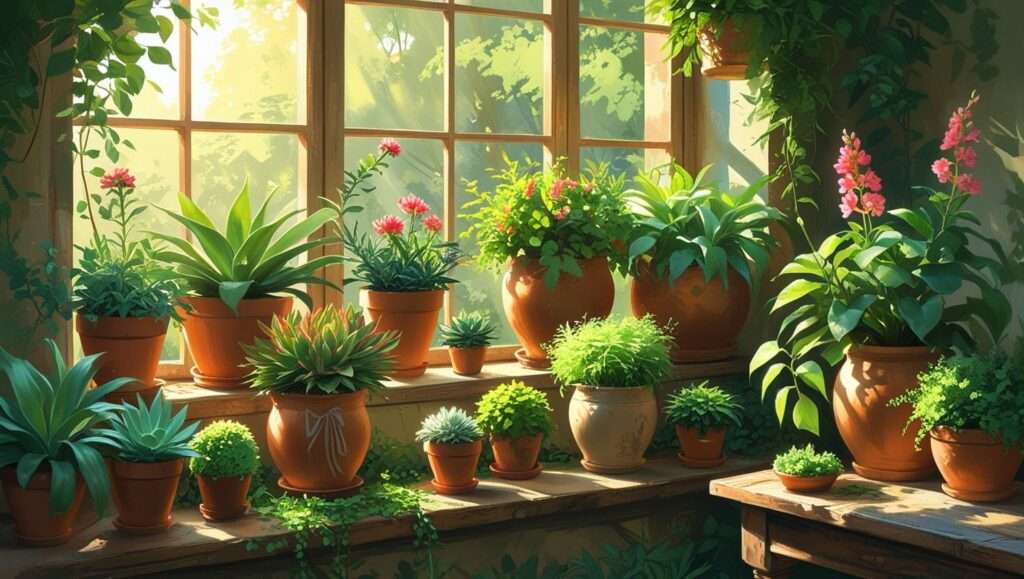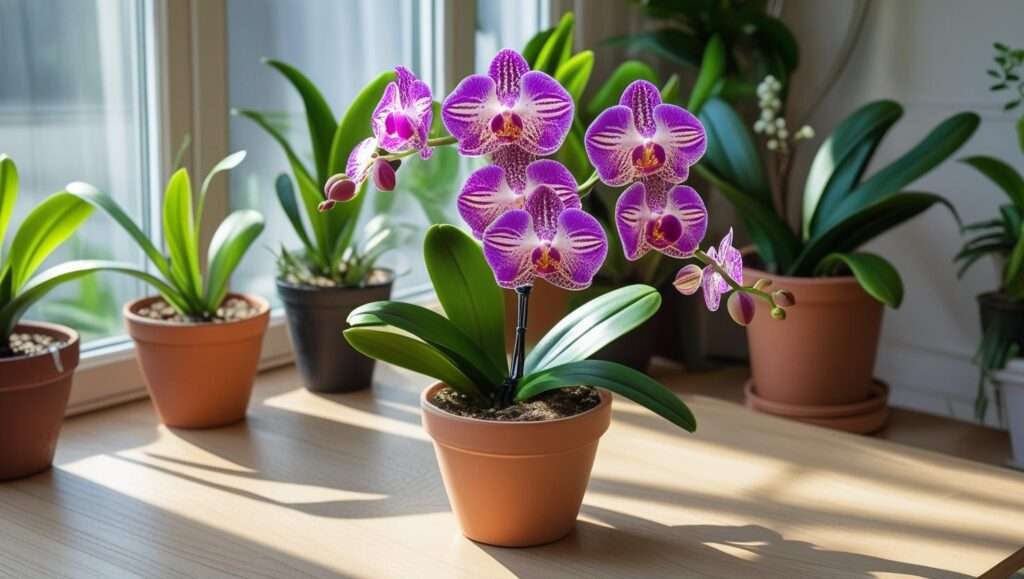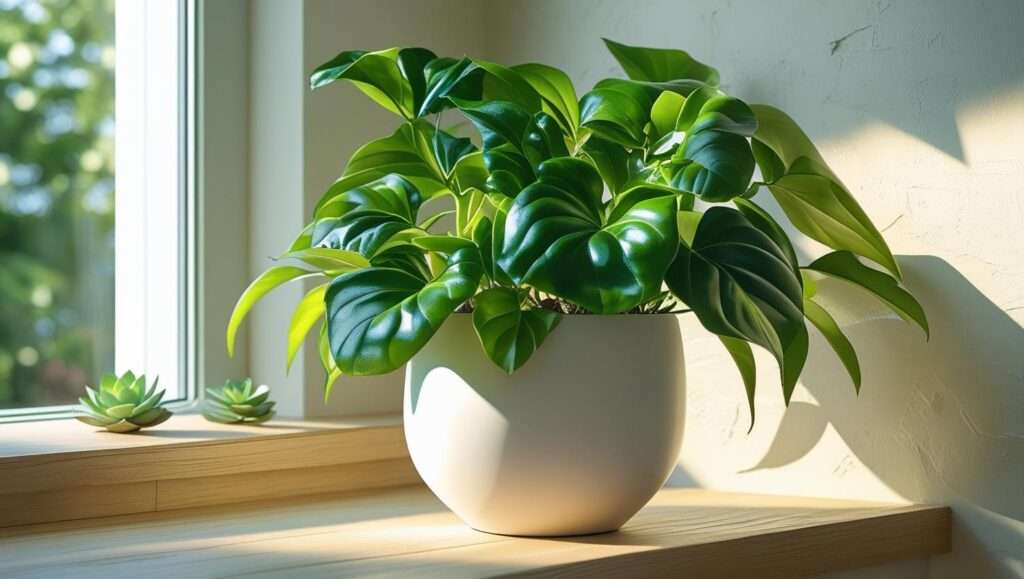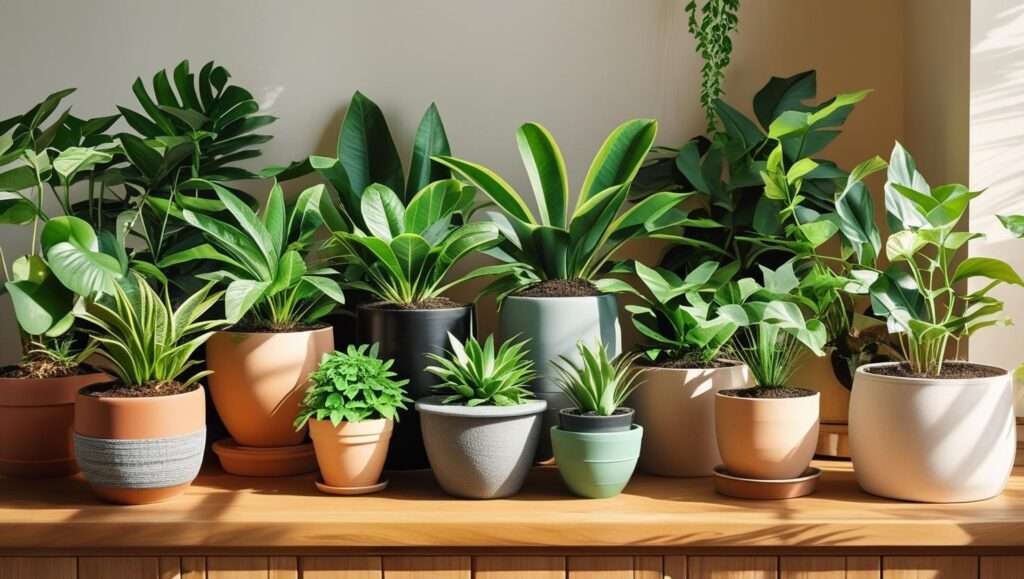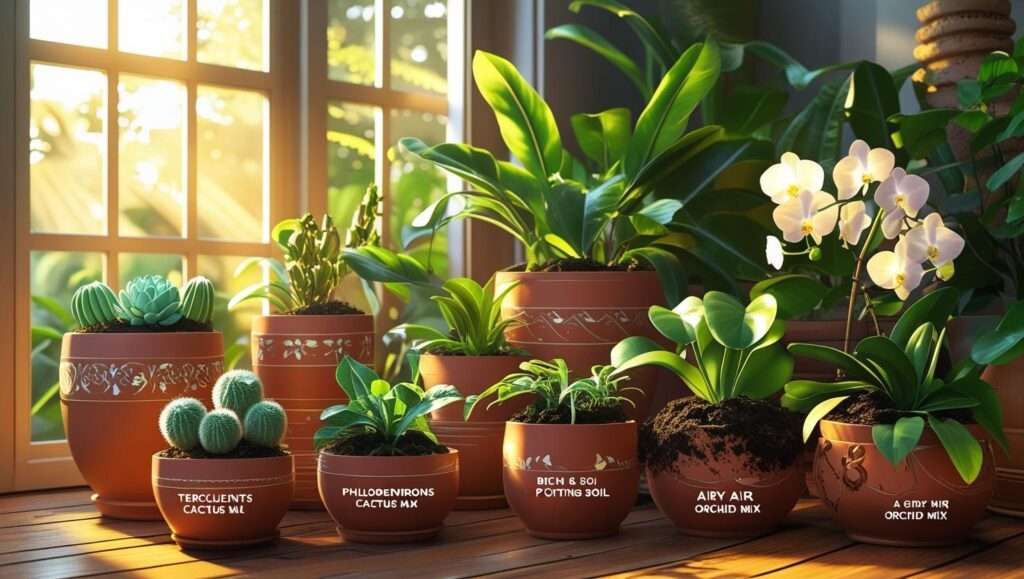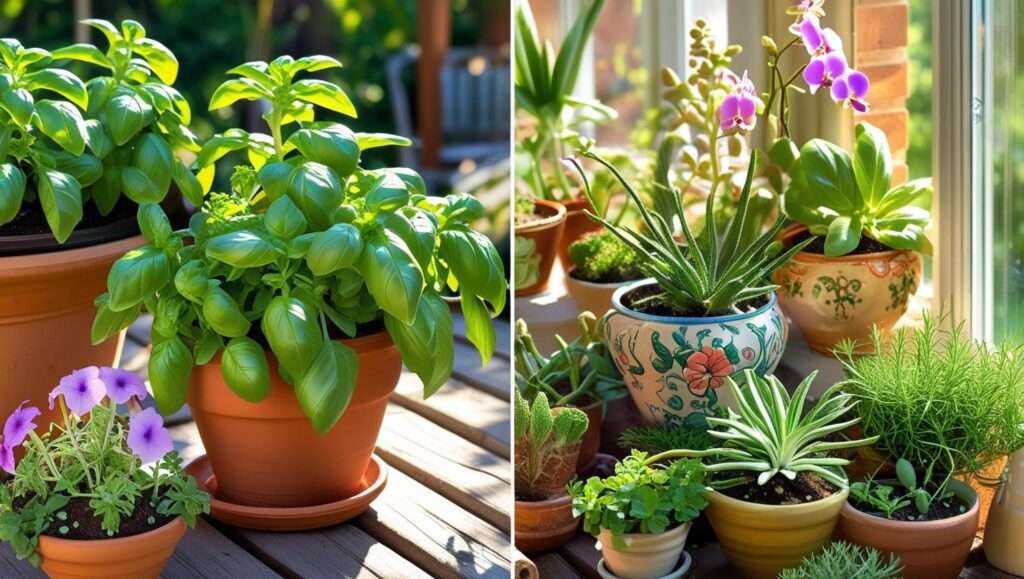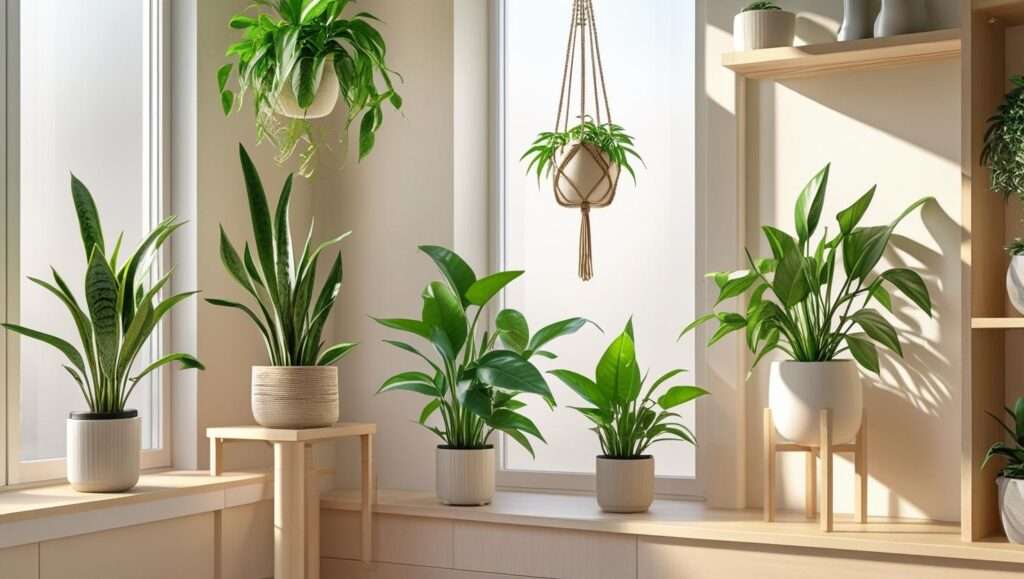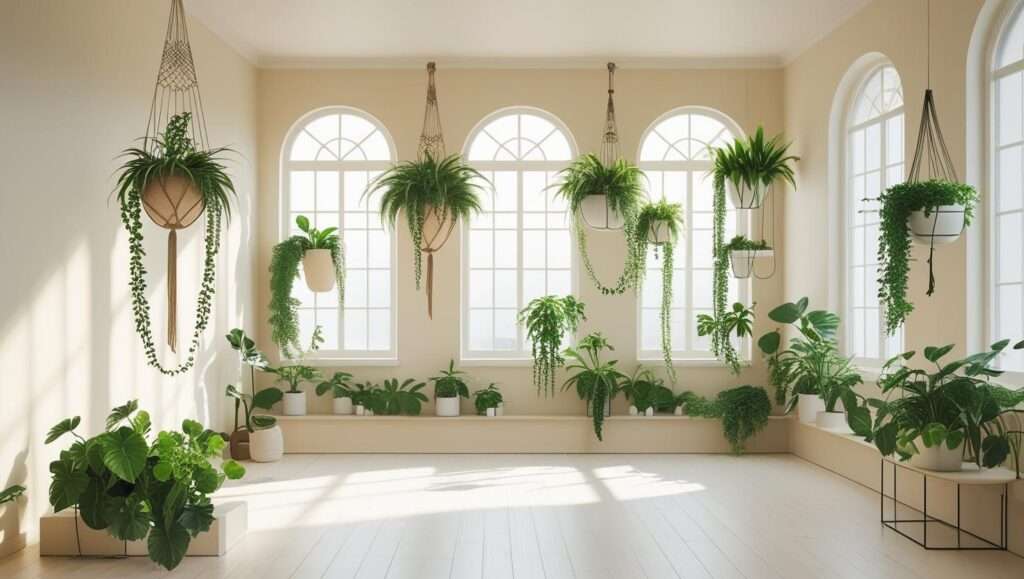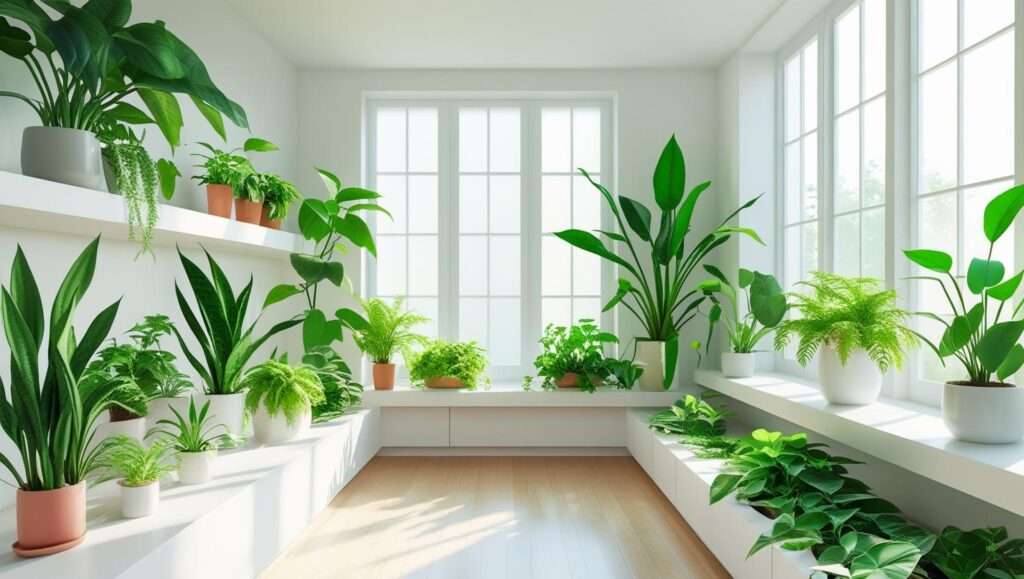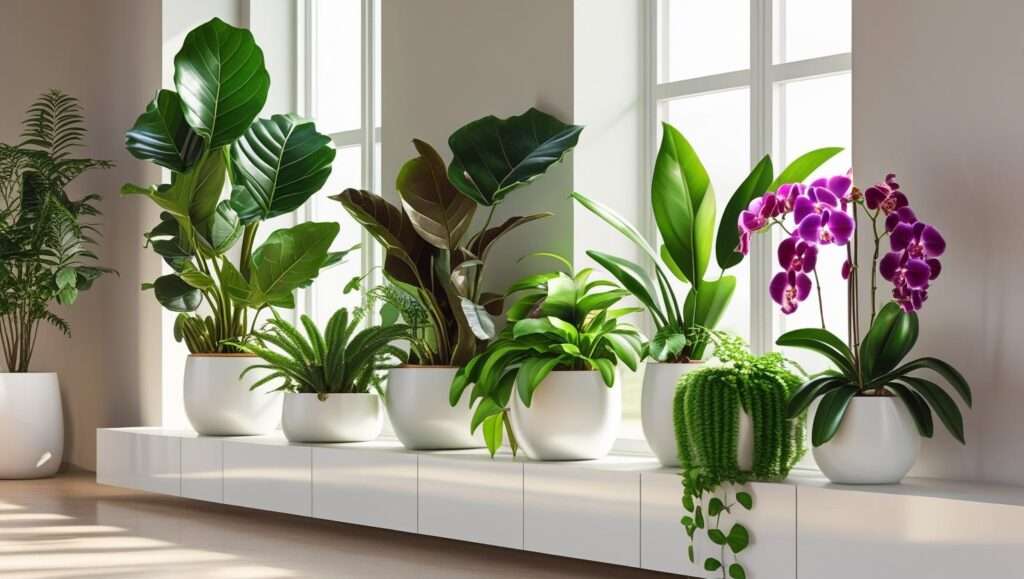Imagine transforming your home into a lush, green oasis without the stress of complicated plant care. If you’ve ever thought, “I love plants, but I’ll probably kill them,” you’re not alone. For beginners, choosing easy house plants can make all the difference. These low-maintenance beauties thrive with minimal effort, bringing life, color, and even cleaner air to your space. As a horticulturist with over a decade of experience guiding new plant parents, I’ve curated a list of seven beginner-friendly house plants that are practically foolproof. This article will walk you through each plant’s care needs, benefits, and why it’s perfect for your home, ensuring you feel confident to start your plant journey today.
Whether you’re looking to boost your mood, purify your air, or simply add a touch of nature to your space, these plants are your ticket to success. Let’s dive into why easy house plants are the perfect choice for beginners and explore the top seven picks that will thrive in your home.
Why Choose Easy House Plants for Your Home?

Benefits of House Plants for Beginners
House plants do more than just look pretty. They can transform your living space in ways you might not expect. Research, like NASA’s Clean Air Study, shows that certain plants can remove toxins like formaldehyde and benzene from the air, improving indoor air quality. Beyond that, plants have been linked to reduced stress and increased productivity, making them ideal for home offices or cozy corners. For beginners, easy house plants offer these benefits without demanding expert-level care. They’re forgiving, adaptable, and perfect for building confidence as you learn the ropes of plant parenting.
From a design perspective, plants are a game-changer. They add texture, color, and a sense of calm to any room, aligning with the growing trend of biophilic design—bringing nature indoors. Whether you’re decorating a minimalist apartment or a vibrant family home, there’s an easy house plant to match your style.
Overcoming Common Plant-Care Fears
Many beginners shy away from house plants, fearing they’ll fail due to a “black thumb.” Common worries include not having enough light, forgetting to water, or dealing with pests. The good news? The plants in this article are selected for their resilience, thriving even if you miss a watering or your home isn’t bathed in sunlight. By choosing low-maintenance varieties and understanding a few basic care tips, you can overcome these fears and enjoy the rewards of plant ownership. Let’s explore what makes a plant “easy” and how to pick the right one for your space.
What Makes a House Plant “Easy” for Beginners?
Key Traits of Low-Maintenance Plants
Easy house plants share a few key characteristics that make them ideal for beginners. These include:
- Tolerance to Irregular Watering: They can survive occasional missed waterings without wilting or dying.
- Low Light Adaptability: They thrive in a range of light conditions, from dim corners to bright windows.
- Pest Resistance: They’re less prone to common pests like spider mites or scale.
- Minimal Pruning Needs: They don’t require frequent trimming or shaping to stay healthy.
These traits ensure that even if you’re new to plant care, your plants will stay vibrant with minimal effort.
Understanding Your Home Environment
Before choosing a plant, take a moment to assess your home’s conditions. Here’s a quick checklist to guide you:
- Light: Do you have bright, indirect light (near east-facing windows), low light (north-facing rooms), or direct sun (south-facing windows)?
- Humidity: Is your home dry due to heating or air conditioning, or naturally humid?
- Temperature: Does your space stay between 60–75°F, the ideal range for most house plants?
- Space: Do you want a plant for a shelf, floor, or hanging basket?
By understanding your environment, you can match plants to your home’s conditions, ensuring success. Don’t worry if your space isn’t perfect—the plants in this list are forgiving and adaptable.
The 7 Easiest House Plants for Beginners

1. Snake Plant (Sansevieria)
Description: Known as “Mother-in-Law’s Tongue,” the snake plant boasts long, upright leaves in striking green with variegated patterns. It’s one of the toughest house plants, thriving in nearly any condition.
Care Tips:
- Watering: Water every 2–4 weeks, allowing the soil to dry out completely between waterings. Overwatering is the main cause of issues.
- Light: Prefers indirect light but tolerates low light and even some direct sun.
- Soil: Use well-draining potting mix, like cactus or succulent soil.
- Temperature: Thrives in 60–85°F, making it ideal for most homes.
Why It’s Great: The snake plant is practically indestructible, forgiving neglect like missed waterings or dim lighting. It’s also a top air purifier, removing toxins like formaldehyde, according to NASA studies. Its sleek, modern look makes it a favorite for minimalist decor.
Expert Insight: Interior designers love snake plants for their architectural appeal. Place them in a tall, narrow pot to accentuate their height and create a bold statement in living rooms or offices.
2. Pothos (Epipremnum aureum)
Description: Pothos, often called “Devil’s Ivy,” features heart-shaped leaves on trailing vines, available in varieties like Golden Pothos (yellow-green variegation) or Marble Queen (creamy white patterns).
Care Tips:
- Watering: Water when the top inch of soil feels dry, roughly every 1–2 weeks.
- Light: Thrives in low to bright indirect light; avoid direct sun to prevent leaf burn.
- Soil: Standard potting mix works well.
- Propagation: Easily propagated by cutting stems and placing them in water.
Why It’s Great: Pothos is a fast-growing, versatile plant perfect for shelves, hanging baskets, or climbing trellises. Its adaptability to various light conditions makes it ideal for apartments with limited natural light.
Example: Sarah, a first-time plant owner, placed a Golden Pothos in her low-light bedroom. Within months, its vines cascaded beautifully over her bookshelf, boosting her confidence as a plant parent.
3. ZZ Plant (Zamioculcas zamiifolia)
Description: The ZZ plant is a glossy, dark green beauty with upright stems and smooth, waxy leaves. Its resilience makes it a favorite for beginners.
Care Tips:
- Watering: Water every 2–3 weeks, allowing soil to dry out fully. Overwatering can cause root rot.
- Light: Thrives in low to medium indirect light; avoid direct sunlight.
- Soil: Use well-draining soil to prevent water buildup.
- Temperature: Prefers 65–75°F but tolerates slight fluctuations.
Why It’s Great: The ZZ plant is nearly indestructible, surviving in low-light areas like basements or offices. Its elegant look adds sophistication without demanding much care.
4. Spider Plant (Chlorophytum comosum)

Description: Spider plants are known for their arching, green-and-white striped leaves and small “pups” (baby plants) that dangle from the mother plant. They’re a classic choice for beginners due to their resilience and air-purifying qualities.
Care Tips:
- Watering: Water weekly, keeping soil slightly moist but not soggy. Reduce watering in winter.
- Light: Prefers bright, indirect light but tolerates low light.
- Soil: Use a well-draining potting mix.
- Propagation: Snip off pups and root them in water or soil for new plants.
Why It’s Great: Spider plants are pet-friendly, easy to propagate, and add lush greenery to any space. Their air-purifying abilities make them a healthy addition to bedrooms or living rooms.
Expert Insight: Spider plants are perfect for beginners interested in propagation. The pups make it easy to grow new plants to share with friends, creating a rewarding experience for novice plant parents.
5. Peace Lily (Spathiphyllum)
Description: With its glossy green leaves and elegant white blooms, the peace lily adds sophistication to any home. It’s a low-maintenance plant that thrives in various conditions.
Care Tips:
- Watering: Keep soil consistently moist but not waterlogged; water when leaves start to droop (a natural signal).
- Light: Thrives in low to medium indirect light; avoid direct sun to prevent leaf scorching.
- Soil: Use a rich, well-draining potting mix.
- Humidity: Prefers higher humidity but tolerates average household levels; mist occasionally in dry climates.
Why It’s Great: The peace lily’s drooping leaves act as a built-in reminder to water, making it perfect for beginners. Its blooms add a touch of elegance, and it’s another air-purifying superstar.
Tip: If your peace lily isn’t blooming, try moving it to a brighter spot (still indirect light) or fertilizing lightly with a balanced houseplant fertilizer every 6–8 weeks during the growing season.
6. Cast Iron Plant (Aspidistra elatior)
Description: True to its name, the cast iron plant is tough as nails, with long, dark green leaves that grow upright. It’s a slow grower but incredibly durable.
Care Tips:
- Watering: Water every 2–3 weeks, allowing soil to dry out between waterings.
- Light: Thrives in low to medium indirect light; can handle very dim conditions.
- Soil: Use standard potting soil with good drainage.
- Temperature: Tolerates 50–85°F, making it versatile for various climates.
Why It’s Great: The cast iron plant is ideal for beginners who want a plant that can survive neglect, low light, and temperature fluctuations. Its understated elegance suits any decor style.
Expert Insight: This plant was a Victorian-era favorite for dimly lit parlors, and its resilience makes it a go-to for modern homes with challenging conditions, like north-facing rooms.
7. Aloe Vera
Description: Aloe vera is a succulent with thick, fleshy leaves that store water, giving it a unique, sculptural look. It’s both decorative and functional, as its gel can soothe minor burns.
Care Tips:
- Watering: Water every 2–3 weeks, ensuring soil dries out completely. Overwatering is a common mistake.
- Light: Prefers bright, indirect light or some direct sun.
- Soil: Use a cactus or succulent potting mix for optimal drainage.
- Temperature: Thrives in 55–80°F; protect from frost.
Why It’s Great: Aloe vera’s low water needs and striking appearance make it a beginner favorite. Its medicinal properties add extra value, making it a practical addition to kitchens or bathrooms.
Tip: Place aloe vera near a sunny window to encourage healthy growth, and avoid letting water sit in the rosette to prevent rot.
Common Mistakes to Avoid with Easy House Plants

Even the easiest house plants can suffer if basic care principles are ignored. Here are common pitfalls and how to avoid them:
- Overwatering: This is the number one cause of house plant death. Always check soil moisture before watering, and ensure pots have drainage holes.
- Incorrect Light: While these plants are adaptable, placing them in extreme conditions (e.g., direct sun for a peace lily) can cause stress. Observe your plant’s leaves for signs like yellowing or browning.
- Neglecting Dust: Dust on leaves can block photosynthesis. Wipe leaves gently with a damp cloth every few months.
- Ignoring Pests: Though these plants are pest-resistant, check occasionally for signs of spider mites or mealybugs. Treat early with neem oil or insecticidal soap.
Expert Tip: Invest in a moisture meter for precise watering, especially if you’re unsure about soil dryness. This tool is a game-changer for beginners.
How to Style Easy House Plants in Your Home
Creating Visual Impact

These low-maintenance plants aren’t just easy to care for—they’re also design superstars. Here are styling tips to maximize their impact:
- Snake Plant: Place in a tall, ceramic pot for a modern, sculptural look in living rooms or entryways.
- Pothos: Use in hanging baskets or let vines trail over bookshelves for a cascading effect.
- Spider Plant: Display in a macramé hanger for a boho vibe or on a high shelf to showcase its pups.
- Peace Lily: Position in a corner with a decorative pot to add elegance to dining areas.
Pairing with Decor
Match your plants to your decor style. For minimalist spaces, opt for snake or ZZ plants in sleek pots. For eclectic or bohemian vibes, pothos or spider plants in colorful or textured planters work beautifully. Use plant stands or tiered racks to create a lush indoor jungle.
FAQs About Easy House Plants
Q: How often should I water my easy house plants?
A: Most of these plants need watering every 1–3 weeks, depending on light and humidity. Always check the soil first—water only when the top inch is dry for most plants.
Q: Can these plants survive in low-light apartments?
A: Yes! Snake plants, ZZ plants, and cast iron plants are especially suited for low-light conditions, while pothos and spider plants adapt well.
Q: Are these plants safe for pets?
A: Spider plants and cast iron plants are pet-safe. Avoid peace lilies and pothos if you have curious pets, as they can be mildly toxic if ingested.
Q: How do I know if my plant is unhealthy?
A: Look for yellowing leaves (often overwatering), brown tips (low humidity or underwatering), or drooping (needs water or better light). Adjust care and monitor for improvement.
Final Thoughts
Starting your plant journey doesn’t have to be daunting. These seven easy house plants—snake plant, pothos, ZZ plant, spider plant, peace lily, cast iron plant, and aloe vera—are perfect for beginners, offering beauty, resilience, and air-purifying benefits with minimal effort. By understanding your home’s conditions and following simple care tips, you can enjoy a thriving indoor garden that boosts your space and your well-being. As a horticulturist, I’ve seen countless beginners transform their homes with these plants, and I’m confident you can too.
Pick one (or more!) of these plants, start small, and watch your confidence grow as your home becomes a greener, healthier space. Which plant will you try first? Share your plant journey in the comments or reach out for personalized tips!

